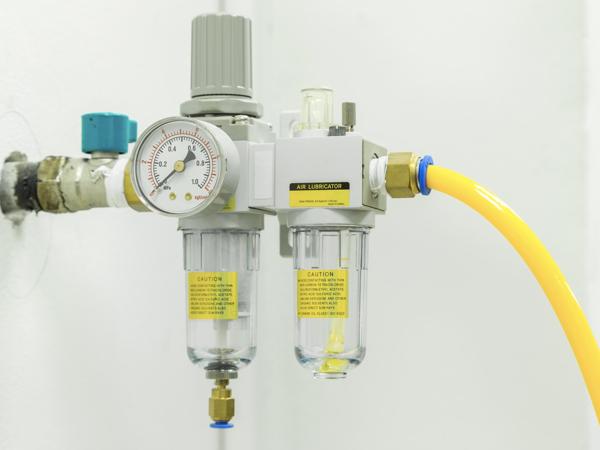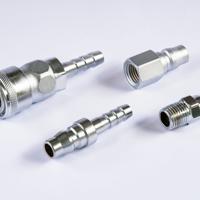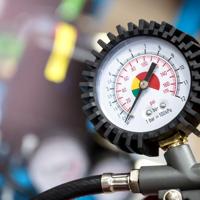Air compressors are pivotal components for any industrial, professional, or even home workshop setting. They power your pneumatic tools, ensuring they perform efficiently and effectively. Proper maintenance is key to prolonging their lifespan. Let’s walk through a friendly guide on how to care for your air compressor.
Regular Cleaning
Maintaining your air compressor starts with keeping it clean. Dust and debris can settle on and inside your machine, affecting its performance. Regular wiping down with a clean cloth and gentle cleaning of crevices with a brush can go a long way. If your compressor is primarily used in dusty environments, consider covering it with a breathable fabric when not in use.
Inspecting and Replacing Air Filters
Air filters prevent dust and debris from entering the compressor, ensuring clean air circulation. Routinely inspect your air filter for dirt buildup. A dirty filter can strain the motor and reduce efficiency. Depending on usage frequency, replace the air filter every 3 to 6 months. For detailed advice on air filter replacement, you can refer to resources like the Family Handyman.
Monitor and Change Oil
For oil-lubricated air compressors, regular oil changes are essential. Fresh oil lubricates the moving parts, reducing friction and wear. Check the oil level before each use, and look out for contaminants like metal shavings or a milky appearance—both indicate a need for change. Typically, changing the oil every 300 hours of operation or as recommended by your compressor’s manual is advisable.
Drain the Moisture From the Tanks
Moisture accumulation inside the compressor tank can lead to rust and corrosion. Ideally, bleed the moisture after each use by opening the drain valve at the bottom of the tank. Ensuring the compressor is shut off and pressure is bled before doing this task makes it safer.
Tighten Nuts and Bolts
Vibrations from the operation can loosen nuts, bolts, and screws over time. Regularly inspect and tighten these components to avoid mechanical failures. Be gentle and use the appropriate tools to avoid over-tightening and damaging the threads.
Check and Replace the Safety Valve
Your air compressor is equipped with safety valves to prevent over-pressurization. Periodically test the valve by pulling the ring and letting air escape; it should close automatically. If it doesn’t, or if you notice air leaks, consider replacing the valve to maintain safe operation.
Keep Hoses in Check
Air hoses are the lifelines that connect compressors to tools. Regularly inspect hoses for signs of wear such as cracks, leaks, or weak spots. A compromised hose can affect performance and may even pose safety risks. Replacing damaged hoses with high-quality alternatives can enhance your setup’s safety and efficiency.
Test Pressure and Regulate Settings
Ensure your pressure gauges are accurate and the settings suit your needs. Test the pressure levels regularly and recalibrate if needed. Depending on the task, fine-tuning the pressure ensures optimal performance and energy efficiency.
Taking the time to maintain your air compressor can save you from unwanted downtime and costly repairs. With the above steps as part of your routine, your pneumatic tools will continue running smoothly and efficiently, serving you well into the future.




